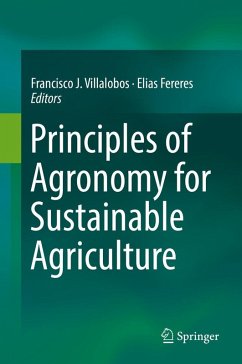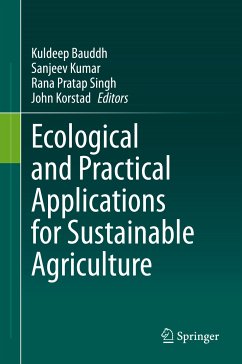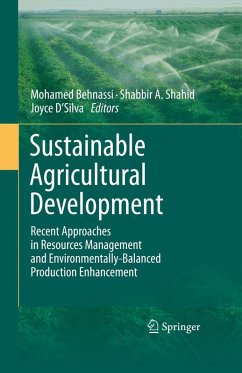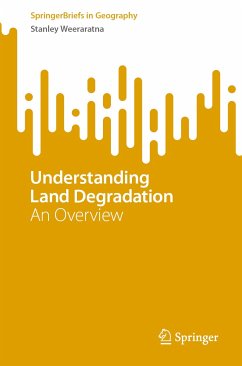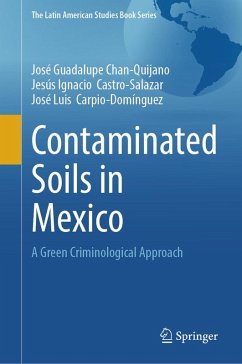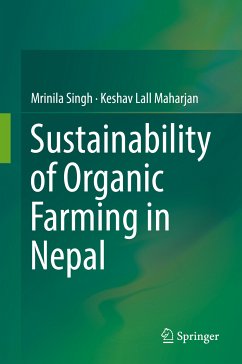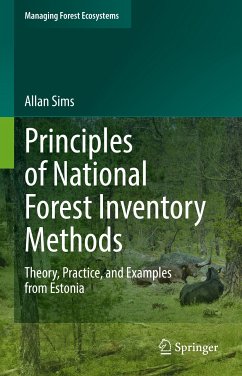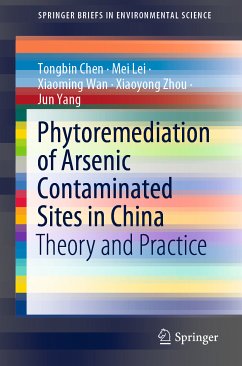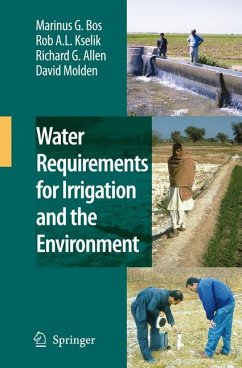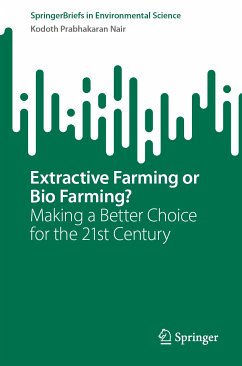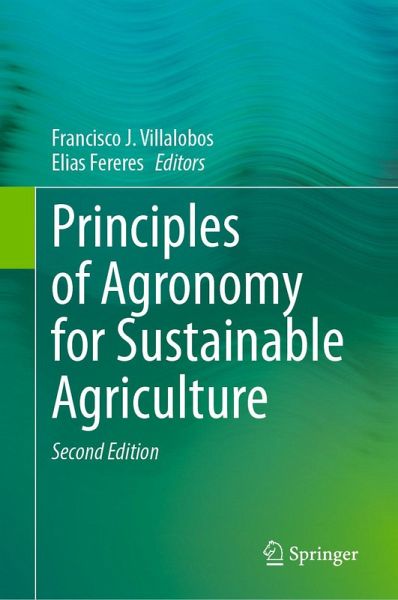
Principles of Agronomy for Sustainable Agriculture (eBook, PDF)
Versandkostenfrei!
Sofort per Download lieferbar
200,95 €
inkl. MwSt.
Weitere Ausgaben:

PAYBACK Punkte
100 °P sammeln!
This updated second edition textbook explains the different technologies of agronomy to achieve a more sustainable agriculture, for undergraduate and graduate students of agronomy.The first section gives an overview of the crop energy balance, which covers partitioning of net radiation, and their effect on the thermal environment of the canopy. Water balance, as one of the biggest concerns under a changing climate, will also be thoroughly discussed. For the second section, the authors prepare all relevant information on crop production in relation to crop phenology, radiation interception and ...
This updated second edition textbook explains the different technologies of agronomy to achieve a more sustainable agriculture, for undergraduate and graduate students of agronomy.
The first section gives an overview of the crop energy balance, which covers partitioning of net radiation, and their effect on the thermal environment of the canopy. Water balance, as one of the biggest concerns under a changing climate, will also be thoroughly discussed. For the second section, the authors prepare all relevant information on crop production in relation to crop phenology, radiation interception and resource availability. With that in mind, the different agricultural techniques are analyzed in the third section, with special emphasis on quantifying the inputs required for a given target yield under specific environmental conditions. For each technique, the chapters provide guidance on improving the ratio between productivity and resource use, while ensuring sustainability.
The first section gives an overview of the crop energy balance, which covers partitioning of net radiation, and their effect on the thermal environment of the canopy. Water balance, as one of the biggest concerns under a changing climate, will also be thoroughly discussed. For the second section, the authors prepare all relevant information on crop production in relation to crop phenology, radiation interception and resource availability. With that in mind, the different agricultural techniques are analyzed in the third section, with special emphasis on quantifying the inputs required for a given target yield under specific environmental conditions. For each technique, the chapters provide guidance on improving the ratio between productivity and resource use, while ensuring sustainability.
Dieser Download kann aus rechtlichen Gründen nur mit Rechnungsadresse in A, B, BG, CY, CZ, D, DK, EW, E, FIN, F, GR, HR, H, IRL, I, LT, L, LR, M, NL, PL, P, R, S, SLO, SK ausgeliefert werden.



